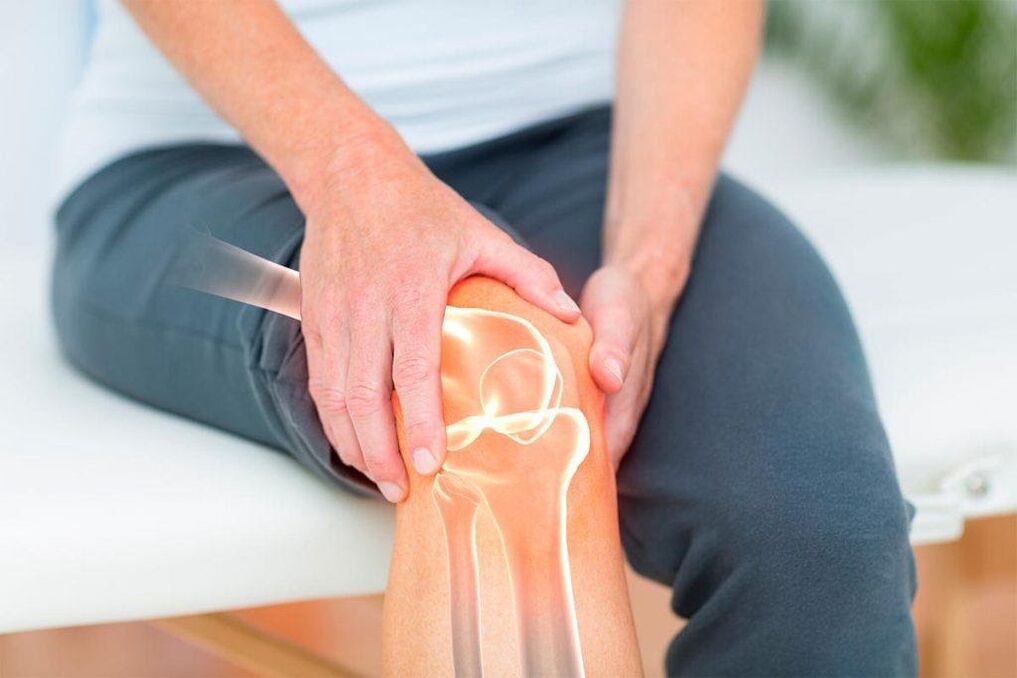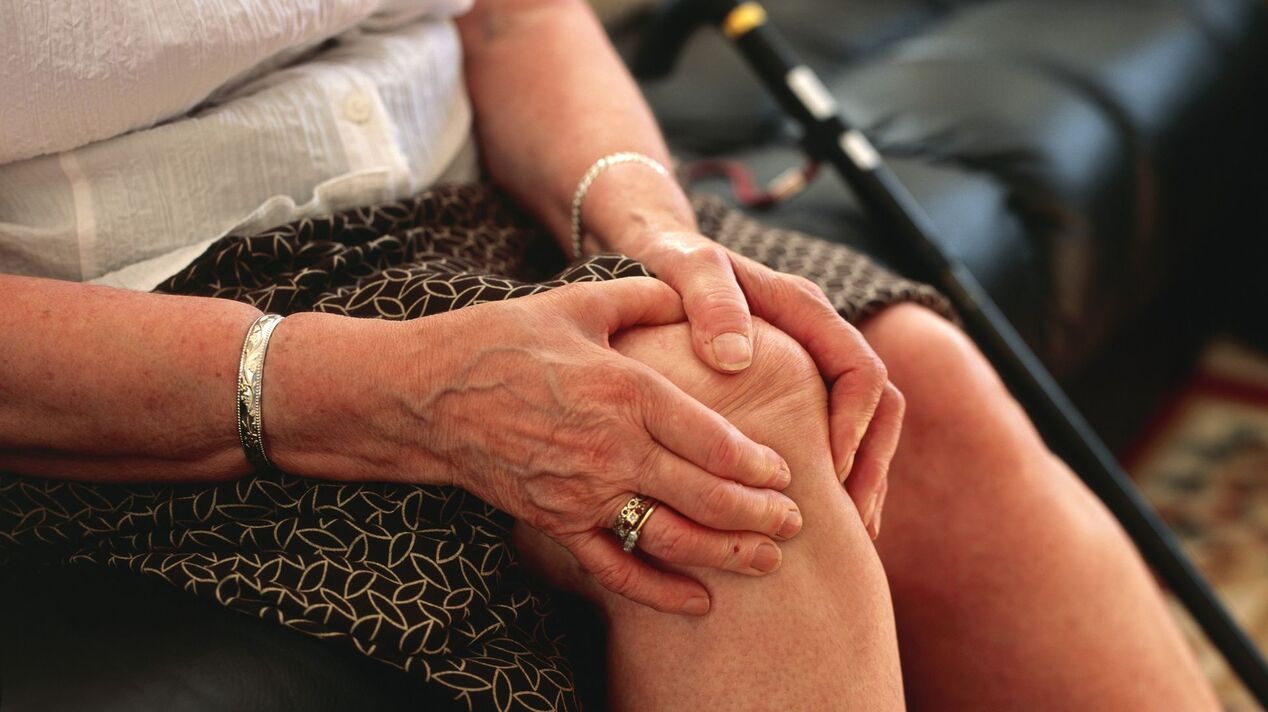
Our joints are complex and reliable mechanisms created by nature itself. As long as the joints are healthy, their work is invisible. But when it starts to hurt, the world loses its former brilliance. One of the most common joint diseases is arthritis and osteoarthritis. Many people confuse them and sometimes do not know what the differences are, because in both cases the joints hurt. Similar names are misleading. In this publication, we will tell you how arthritis differs from osteoarthritis, the symptoms of these diseases and methods of treatment. Despite the similarity of the names, these are completely different diseases.
What is arthritis and osteoarthritis: differences
First of all, diseases differ in their names: both have the same Latin root, but different endings. Now you can remember the difference between arthritis and osteoarthritis by determining the end. The Latin ending "-oz" means a degenerative process, destruction. The end of "-Dog" indicates an inflammatory process. The difference between osteoarthritis and arthritis is obvious: diseases have a completely different nature and course. But let's take a closer look at what osteoarthritis and arthritis are and what the symptoms are.
Osteoarthritis is the result of aging and deterioration of the joint
Osteoarthritis is a deformity and wear of the joint capsule that allows the joint to move easily. The disease results in structural changes, cartilage damage and tissue destruction. As a rule, osteoarthritis occurs after 45-50 years and is the result of the body's natural aging process. In people over the age of 60, the disease is diagnosed in 80% of cases with leg pain.

In young people, osteoarthritis most often develops as a post-traumatic phenomenon, for example, after fractures and bruises. It is often diagnosed in professional athletes.
Osteoarthritis often affects the knee, ankle and hip joints, the most common daily stressors. Musicians often suffer from wrist joints and fingers. Osteoarthritis progresses slowly, so symptoms are less pronounced in the early stages.
Symptoms of osteoarthritis
The main symptom is pain that manifests itself during movement and after physical exertion. As a rule, the pain in osteoarthritis is excruciating, not very strong, and goes in a relaxed state;
Frequent crackling - a deep sound caused by rubbing the bones;
stiffness of movements is local, only the movement of the diseased joint is impaired;
appearance - cartilage deformation, in the later stages there may be a slight swelling.
Types of osteoarthritis
Primary - occurs as a result of the natural aging process of the joint.
Secondary - develops in the background of trauma as a post-traumatic manifestation.
Arthritis is a serious disease of the body
Although osteoarthritis is generally diagnosed in people over the age of 45, arthritis can occur at any age. As we have said, this is an inflammatory process that takes place in the joints, but affects the whole body at once. The disease is associated with malfunctions in the immune system.
Why do joints hurt? The fact is that the immune system formed in this disease attacks the joints. Therefore, it can damage any joint with arthritis: several or just one at a time. Arthritis is most often caused by severe stress, anxiety, decreased immunity and hypothermia, as well as metabolic disorders.

Arthritis symptoms
Arthritis pain, unlike osteoarthritis pain, decreases during movement, but becomes chronic as it increases and at rest. Often the pain intensifies at night or early in the morning, during rest;
joints are swollen, swollen, swollen, painful palpation;
the joint area becomes red and hot;
blood tests show an inflammatory reaction;
stiffness throughout the body, stiffness of movement;
appearance of dense nodules in the joint area.
Arthritis is also often accompanied by the following manifestations:
dry eye;
weakness, tremors, drowsiness;
psoriasis;
weather dependence.
Types of arthritis
Depending on the nature of the disease, arthritis is divided into 2 types: inflammatory and degenerative. They, in turn, are divided into species.
Inflammatory arthritis can be:
infectious - inflammation of the joints caused by microorganisms that enter the synovial fluid;
rheumatoid - an inflammatory process that affects the connective tissues around the joint and many organs;
reactive - develops as a result of infection;
Gout is an inflammation of the joints associated with an increase in uric acid in the blood and the consequent deposition of salts.
It is degenerative:
traumatic;
osteoarthritis.
What is more dangerous: arthritis or osteoarthritis?
There is no definitive answer to this question. Because both diseases, if not treated in time, can lead to complete loss of mobility. Osteoarthritis can be the result of arthritis. However, long-term osteoarthritis can also cause arthritis.
Treatment of osteoarthritis and arthritis: features
Joint pains deprive a person of the simplest joys: ordinary walking, full rest, freedom of movement. However, it is not always possible to recognize an alarming manifestation of this symptom in time. Often people think that this is a temporary phenomenon and try to get rid of the pain faster: they self-medicate, take medication or use folk remedies. But when they get a short-term relief, they do not know the main thing - the causes of the disease. Thus, the disease worsens and takes more severe, indifferent forms.
The main advice of doctors is not to delay a visit to a specialist. Only a thorough examination and treatment will help prevent serious consequences. The ability to live and move fully is at risk here.
Osteoarthritis is treated by orthopedists, neurologists and rheumatologists. The main method is to reduce the load on the diseased joint, increase tissue elasticity and strengthen muscles. In more severe cases, special injections of hyaluronic acid are prescribed to help lubricate the joint, or so-called arthroplasty is performed.
However, no tool has yet been found to completely restore cartilage tissue. Authoritative treatment of arthritis and osteoarthritis can only stop the destruction. The main methods of treatment of joint diseases are physiotherapy exercises and physiotherapy procedures.

Arthritis is treated by a rheumatologist. The course of rehabilitation depends on its specific type, but it is rarely possible to do without special anti-inflammatory drugs, antibiotics. Hormonal medications are sometimes prescribed. The treatment regimen is generally as follows:
painkillers and anti-inflammatory drugs;
physiotherapy;
proper nutrition, diet, restoration of metabolic processes;
drug treatment if the internal organs are affected.
Prevention is the foundation of joint health
Like any disease, joint diseases are prevented. First and foremost, you need to lead a healthy lifestyle, eat right, and avoid stress.
If we look specifically at the recommendations, the experts of the clinics note:
Weight control - you should always control your normal weight to avoid excessive stress on the joints.
Moderate physical activity. Improves blood circulation, strengthens the muscle corset, which is very important for maintaining healthy joints. But the key word here is mild, because twists, injuries, strength training and tiring sports only accelerate the process of joint destruction. Swimming, cycling and Nordic walking are considered the best activities for joints.
Properly balanced diet. Doctors recommend reducing the amount of red meat in the diet, as well as foods high in animal fats, to prevent joint diseases. But oily fish and products that are high in omega-6 and omega-3 unsaturated fatty acids, on the contrary, should be included in the menu as much as possible. Fresh vegetables and fruits should also be considered to maintain water balance.
Wear comfortable orthopedic shoes or boots.
Strengthen the immune system, especially to avoid hypothermia and stress.
Bless you!

























